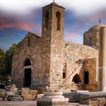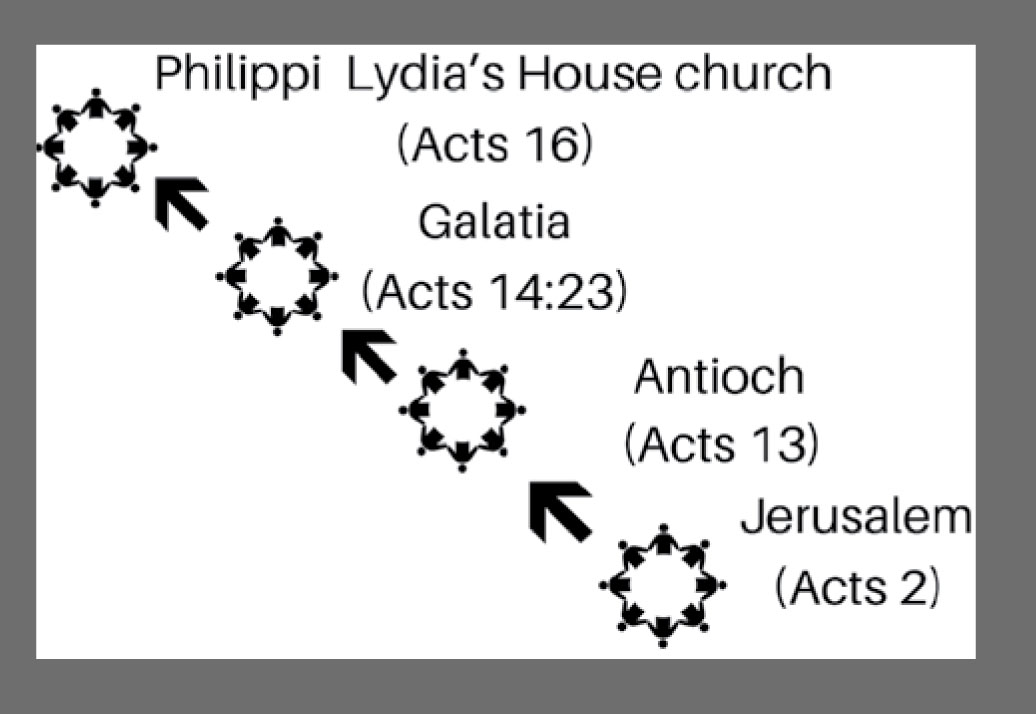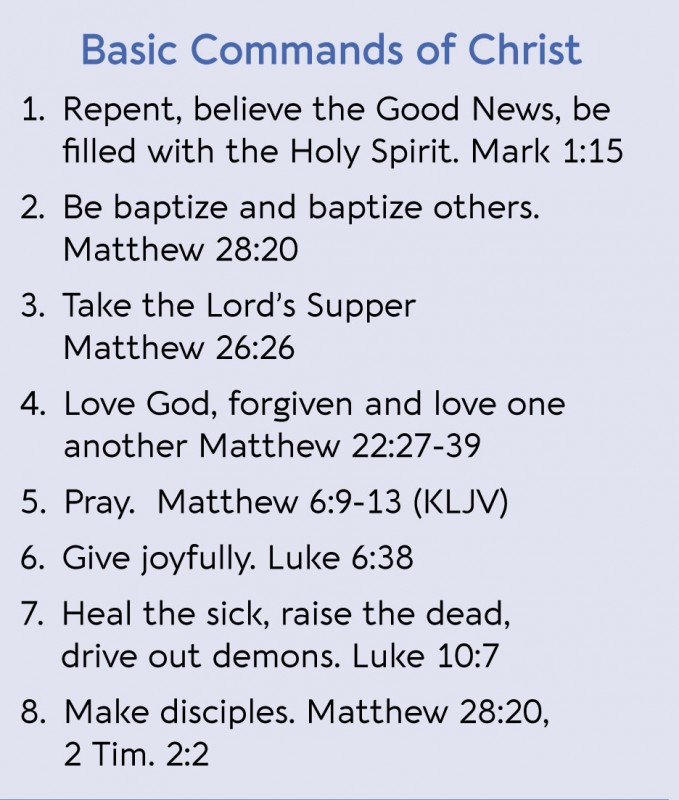The Phenomenon of Church Multiplication in the Book of Acts
Excerpted from the Just Obey Jesus Coaches Guide by Jay Judson

A Vision of Church Multiplication Movements
Why aren’t we seeing more disciples made and more churches starting?

These new believers began to meet in homes and worship the Risen Lord in tiny clusters of micro churches. They did not meet in one congregation led by one man.
In Acts chapter 7, due to persecution, these clusters of churches began to spread to Samaria and then to Caesarea in Acts 10 when Peter’s team started churches through the home of Cornelius. By Acts 13, lay believers had started a church network in Antioch that multiplied northward to the region of Galatia when the Holy Spirit directed them to send Paul and Barnabas “for the work I have chosen for them.”
The mother churches in Jerusalem started daughter churches in Samaria and Caesarea who started grand-daughter churches in Antioch who birthed great-grand-daughter churches in Galatia and Ephesus. This multiplication primarily occurred through average believers and not through the Apostles alone. The story of Acts follows the journeys of Paul, but you can see that the multiplication did not revolve around the Apostles but around simple believers who just obeyed Jesus.
The Ephesians then multiplied great-great-grand- daughter churches in the cities of Colossae, Heiropolis, and Laodicea. Paul coached Ephapras who coached women like Nympha and the church that met in her house. Paul also trained Timothy to coach “responsible people who were able to teach others” (2 Tim. 2:2). Paul got this pattern of mentoring leaders behind the scenes from Peter who received it from Christ in Matthew chapter 10.
The movement then crossed the sea and entered the cities of Greece all the way around to Rome.
The movement multiplied much faster than the feet of the Apostles could travel, and a network of micro churches was catalyzed by lay believers in Rome before Paul had arrived. He wrote to the clusters of churches in Romans 15, “I have fully proclaimed the gospel from Jerusalem all the way around to Ilyricum (that’s the present day country of Albania), through signs and wonders, and there is no more room for my work.”
That is about 7 regions, with a population of 25 million people, in a period of 20 years. How could Paul make such an amazing claim? He wasn’t attempting to share with every person but catalyzing movements of indigenous churches whose responsibility it was to evangelize and disciple their own areas. There were no church buildings until 232 AD yet this movement conquered the Roman Empire a century later when Caesar himself bowed before the Jewish carpenter from Galilee.









comments